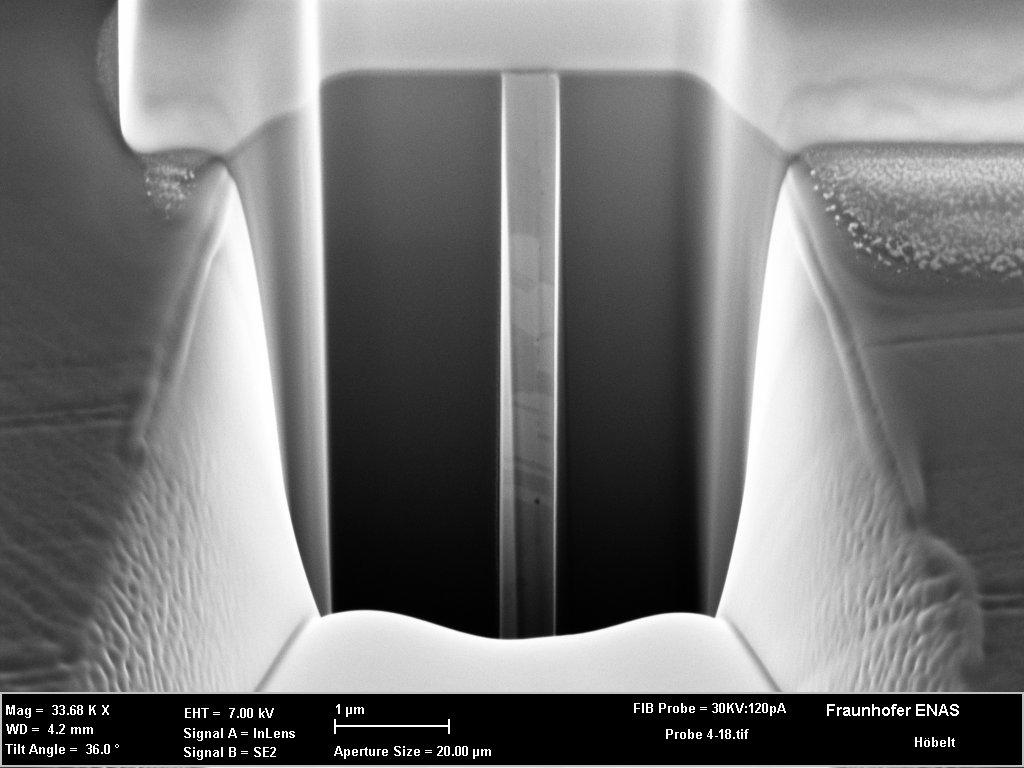Wafer bonding with metallic interlayers is gaining importance in current industrial applications. The use of metallic interlayers allows a decrease of frame-widths compared to currently established bonding technologies. Thermo-compression (TC) bonding has a high research priority in the field of 3D-Intergration nowadays. TC-bonding can be performed at temperatures as low as 400°C with different interlayers like copper, aluminum and gold. Aluminum is further an interesting option, because of its entire compatibility to CMOS processes. The physical mechanisms are comparable to diffusion bonding, while the diffusion bonding itself is well known as a special welding process for macro size applications. The bond is formed through diffusion in the boundary layers and the grain boundaries caused by the simultaneously applied pressure and temperature. The wafer surfaces are merged in solid state. Since the process temperature is well below (0,6 - 0,8 ∙ TS) the solidus boundary TS , the whole process greatly differs from common weld and solder processes, which need a certain degree of material melting to be successful. Additionally, the outcome is influenced by pressure, temperature and time of joining, as well as the choice of interlayers.
Based on extensive experimental investigations, the TC-bonding process consists of three stages: Interface formation, crystal misfit accommodation and grain growth.
A cleanroom preparation line, including characterization equipment for the processing of 4” up to 8” substrates is available at Fraunhofer ENAS for wafer-level TC-bonding.
 Fraunhofer Institute for Electronic Nano Systems
Fraunhofer Institute for Electronic Nano Systems